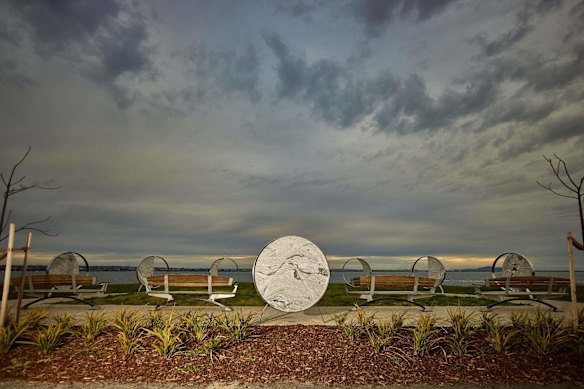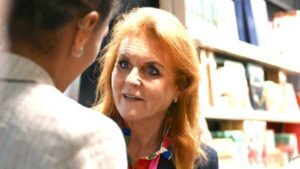
In November, communities around the world come together to remember the victims of road traffic accidents. The third Sunday of the month marks the World Day of Remembrance for Road Traffic Victims, a solemn occasion that acknowledges the profound impact of such tragedies. Globally, it is estimated that 1.2 million people lose their lives in road accidents annually, with up to 20 times that number suffering serious injuries.
A Personal Journey Toward Healing
For Andy Calder, a Uniting Church minister, the memory of a traumatic experience remains vivid. In 1986, Calder survived being pinned under a reversing garbage truck. As he lay on the road, struggling to breathe, an off-duty nurse stayed by his side, helping him to calm his panicked breathing. “In such a moment, there is deep gratitude for a non-anxious presence,” Calder reflects.
The concept of solace, derived from the Latin noun solacium, signifies comfort during distress. Poet David Whyte articulates this notion: “Solace is what we must look for when the mind cannot bear the pain, the loss or suffering that eventually touches every life and every endeavour.” In the wake of tragedy, solace often manifests in many forms, from the natural world to spiritual practices.
A Space for Reflection and Remembering
In Geelong, Victoria, a significant sculpture titled Solace overlooks Corio Bay, providing a contemplative space for those grieving after road accidents. This memorial, consisting of seven sculptures that represent the phases of the moon, symbolizes the range of emotions associated with road trauma. Its semicircular design invites visitors to move through the space, offering opportunities for both reflection and quiet contemplation.
The Amber Community, a non-profit organization in Victoria, recognizes the diverse needs for solace. They provide free counselling services and host an annual Time for Remembering ceremony, now in its 25th year, at Parliament House. This event serves as a platform for families to commemorate loved ones affected by road trauma, blending story and song as a means of healing. During the ceremony, participants often bring photos of their loved ones and light candles in their memory.
At one memorable event, the choir performed Paul Kelly’s rendition of Psalm 23, “Meet Me In The Middle of the Air.” This poignant moment illustrates the power of music and community support in the healing process. The ceremony also features petitions that express hope and offer prayers for those impacted by road trauma, acknowledging health and healing services, emergency personnel, and the community at large.
Calder emphasizes the importance of being listened to during times of vulnerability, whether through formal counselling or informal support groups. The kindness of family, friends, and even strangers plays a crucial role in the healing journey. “Solace is not meant to be an answer, but an invitation,” says Whyte. It encourages individuals to confront the pain and difficulty they face while also recognizing the simultaneous beauty in the world.
As Calder’s own injuries stabilized over the years, he developed a deep appreciation for the sources of healing and the comfort offered by the nurse during his ordeal. The concept of solace continues to resonate, reminding individuals of the strength found in community and shared experiences.
The memorial at Corio Bay stands as a testament to those who have suffered from road trauma, offering a space where grief can be acknowledged, and healing can begin. As communities observe the World Day of Remembrance, they also celebrate the resilience of those affected, fostering hope and healing in the face of adversity.






